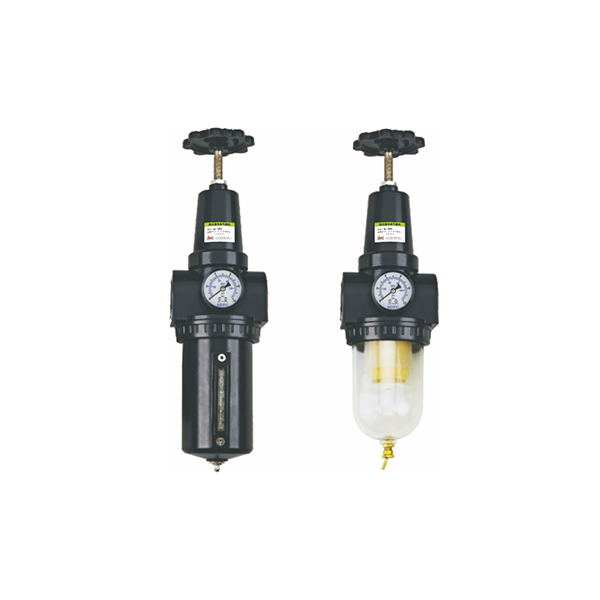Polyester vs. Dri-Fit: Unraveling the Best Fabric for Performance and Comfort
In the world of athletic wear and performance fabrics, the debate between polyester and Dri-Fit is a common one. Both materials have their unique properties, advantages, and applications, making them popular choices for sports enthusiasts and casual wearers alike. This article aims to delve deeper into the characteristics of each fabric, their performance in various conditions, and ultimately help you determine which is better suited for your needs.
Understanding Polyester
Polyester is a synthetic fabric made from polyethylene terephthalate (PET), a type of plastic. It is widely used in the textile industry due to its durability, resistance to shrinking and stretching, and quick-drying properties. Polyester fibers can be woven or knitted into various textures, making them versatile for different applications, from casual wear to high-performance athletic gear.
Advantages of Polyester
- Durability: Polyester is known for its strength and resilience. It can withstand wear and tear, making it ideal for sports apparel that undergoes rigorous use.
- Moisture Resistance: While polyester is not inherently moisture-wicking, it does have the ability to repel water to some extent. This can help keep the fabric dry during light activities.
- Color Retention: Polyester holds dye well, which means it can maintain vibrant colors even after multiple washes. This is particularly advantageous for brands looking to create eye-catching designs.
- Affordability: Generally, polyester is more cost-effective than many other fabrics, making it a popular choice for mass-produced athletic wear.
The Dri-Fit Advantage
Dri-Fit is a proprietary fabric technology developed by Nike, designed specifically for athletic performance. It is primarily made from polyester but incorporates additional features that enhance its moisture-wicking capabilities. Dri-Fit fabrics are engineered to pull sweat away from the skin and disperse it across the surface of the fabric, allowing for quicker evaporation.
Key Features of Dri-Fit
- Moisture Management: The standout feature of Dri-Fit is its ability to wick moisture away from the body. This keeps athletes dry and comfortable during intense workouts, reducing the risk of chafing and overheating.
- Breathability: Dri-Fit fabrics are designed to allow air to circulate, which helps regulate body temperature. This is crucial for athletes who need to maintain optimal performance levels.
- Lightweight and Flexible: Dri-Fit materials are often lighter than standard polyester, providing a more comfortable fit that allows for a full range of motion. This is particularly important in sports where agility and flexibility are key.
- Quick-Drying: The moisture-wicking properties of Dri-Fit also contribute to its quick-drying capabilities, making it ideal for athletes who may need to wash and wear their gear frequently.
Comparing Performance: Polyester vs. Dri-Fit
When it comes to performance, the choice between polyester and Dri-Fit largely depends on the intended use and activity level.
- For Casual Wear: If you’re looking for everyday clothing that is durable and affordable, polyester may be sufficient. It offers a good balance of comfort and longevity for non-intensive activities.
- For High-Performance Activities: Athletes engaged in rigorous training or competitive sports will benefit more from Dri-Fit. Its superior moisture management and breathability make it the better choice for maintaining comfort and performance during high-intensity workouts.
Environmental Considerations
As sustainability becomes increasingly important in the textile industry, it's worth noting that both polyester and Dri-Fit fabrics have environmental implications. Traditional polyester is derived from petroleum, contributing to environmental concerns. However, many brands are now producing recycled polyester, which helps mitigate some of these issues.
Dri-Fit, being a proprietary technology, may not have the same level of transparency regarding its environmental impact. Consumers should look for brands that prioritize sustainability in their production processes, regardless of the fabric type.
Conclusion: Which is Better?
Ultimately, the question of whether polyester or Dri-Fit is better depends on your specific needs. For everyday wear, polyester offers durability and affordability. However, for athletes seeking optimal performance, Dri-Fit’s moisture-wicking and breathable properties make it the superior choice.

Average Rating